What is the tallest building in Europe?
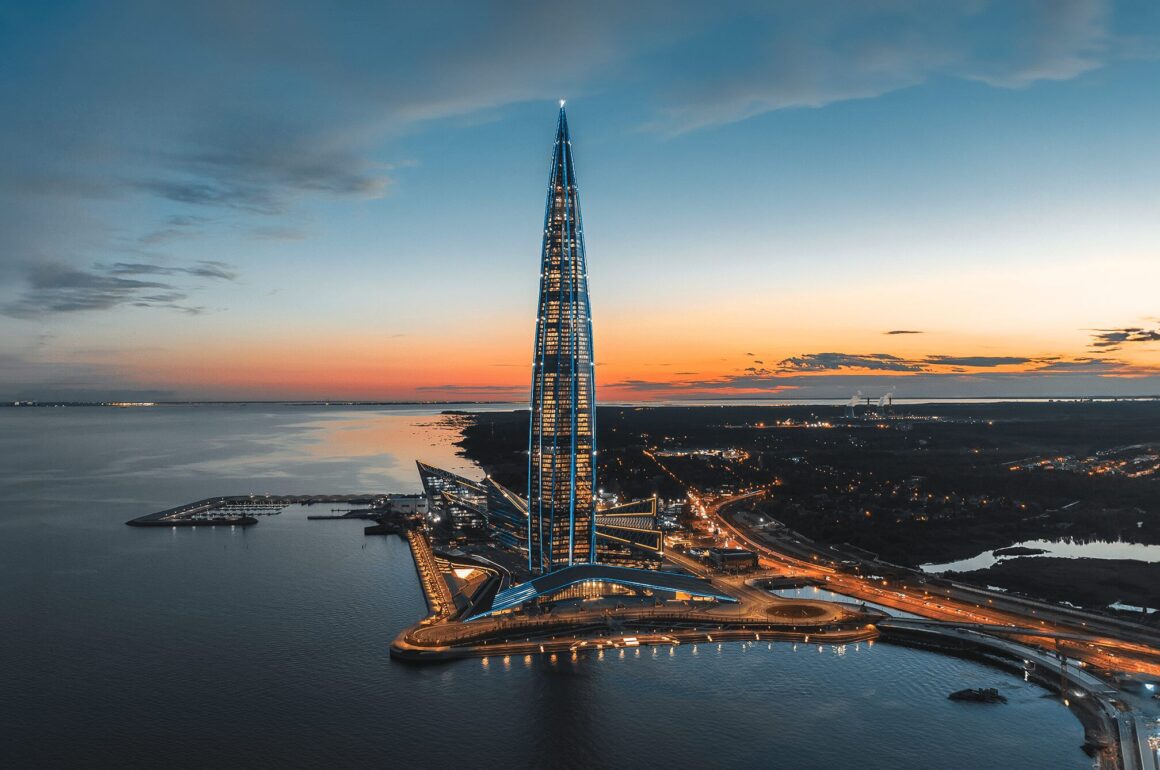
Modern architecture is constantly evolving, with engineers and designers around the world outdoing each other in creating ever taller buildings. Europe, although second only to Asia and North America in terms of skyscraper heights, also boasts impressive skyscrapers. What is the tallest building in Europe? Among them, one stands out that clearly towers above the rest – Lachta Centr in St. Petersburg. It is not only the tallest building in Europe, but also a symbol of modern technology and innovative design solutions. In the article we will take a closer look at this unique skyscraper, its history, architecture and significance for the city and the region.
What is the tallest building in Europe?
The tallest building in Europe is the Lachta Centr, located in St. Petersburg, Russia. This building reaches 462 meters, making it not only the tallest skyscraper in Europe, but also one of the tallest office buildings in the world. For comparison – the tallest building in the European Union, Varso Tower in Warsaw, is “only” 310 meters high including the spire.
Lachta Centr serves primarily as the headquarters of Russian energy giant Gazprom, but there are also a number of office, retail and recreational spaces. Construction of this impressive structure lasted from 2012 to 2019, and the project was designed to meet the highest environmental and technological standards.
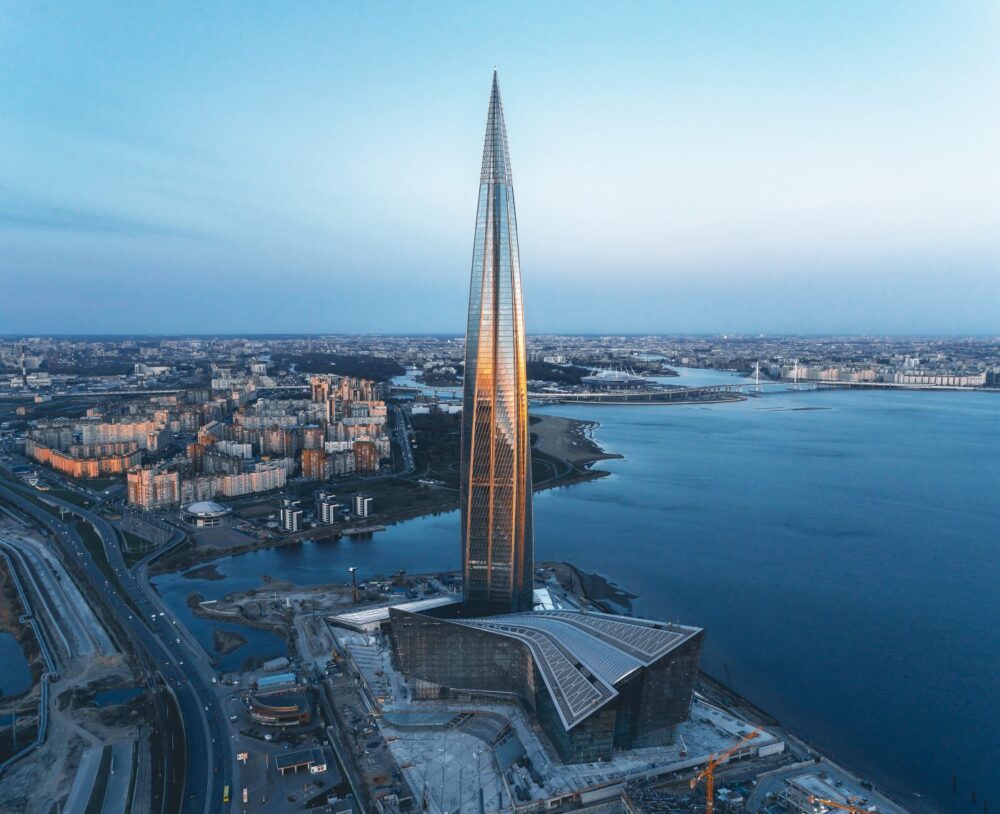
Interestingly, the skyscraper was not built in the center of St. Petersburg, but in the Lachta district, on the northwestern outskirts of the city. The location was a strategic choice, since the strict center of St. Petersburg is under strict monument protection, which would have prevented the construction of such a tall structure. The skyscraper, with its slender silhouette and gleaming glass facade, has become a new symbol of the city, visible from up to 40 kilometers away.
History of the construction of Lachta Centr – how was Europe’s tallest building built?
The construction of Lakhta Centr was a huge engineering challenge. In 2006, Gazprom announced a plan to build a new headquarters, but it was originally to be built closer to the historic center of St. Petersburg. However, this was met with protests from historic preservationists and residents who feared that a modern skyscraper would disrupt the city’s classic skyline. As a result, the project was moved to the Lachta district.
The first construction work began in 2012, and the biggest challenge was the creation of foundations in a waterlogged area. Engineers had to strengthen the ground using modern geotechnical technologies. The building’s structure consists of special glass panels that reflect light and change shade depending on the time of day.
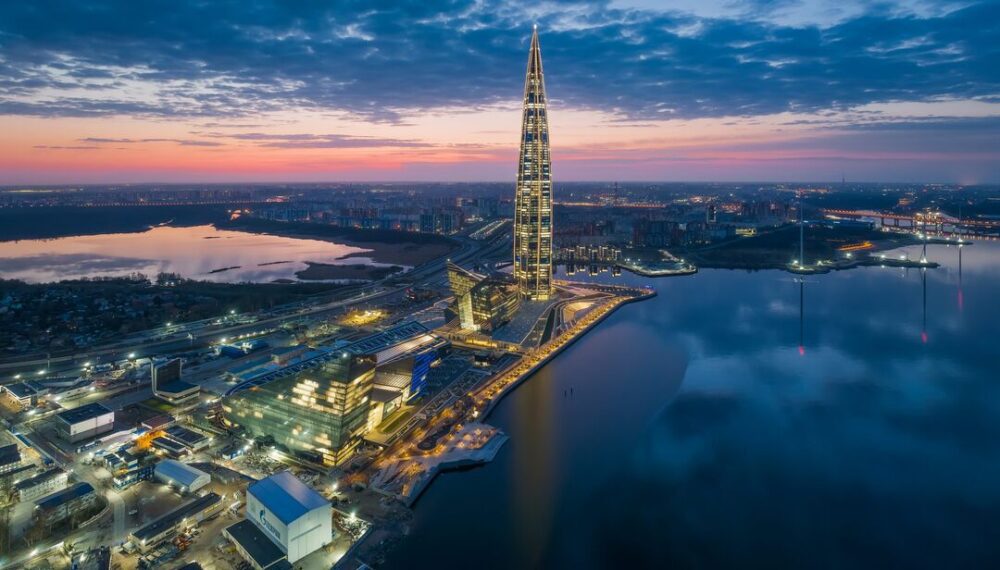
The design of the skyscraper was developed by the British architecture studio RMJM, and its shape is inspired by a gas flame – a reference to Gazprom’s operations. The entire complex cost about $1.77 billion to build, making it one of the most expensive construction projects in Russia.
Architecture and design – what sets Lachta Centr apart?
Lachta Centr is an architecturally unusual building that stands out for its streamlined, spiral silhouette. The skyscraper consists of 87 floors, and its top is twisted by 90 degrees, giving it a dynamic appearance. The design was inspired by a gas flame, which refers to the activities of the main investor, Gazprom. The entire facade of the building is made of special high-resistance glass, which minimizes light reflection and reduces the greenhouse effect. The shape of the tower makes it look different from every perspective, and its slender, soaring silhouette adds lightness, despite its imposing size.
One of the key aspects of the structure is its energy efficiency. Lachta Centr is one of the few high-rise buildings in the Europe certified LEED Platinum, which means it meets the highest environmental standards. The building uses intelligent light management, and its LED lighting system adapts to outdoor conditions, significantly reducing energy consumption. Innovative solutions also include a cooling system that uses water from the nearby Gulf of Finland, which reduces air-conditioning energy requirements. In addition, double glazing is used to improve thermal and acoustic insulation, providing greater comfort for building users.
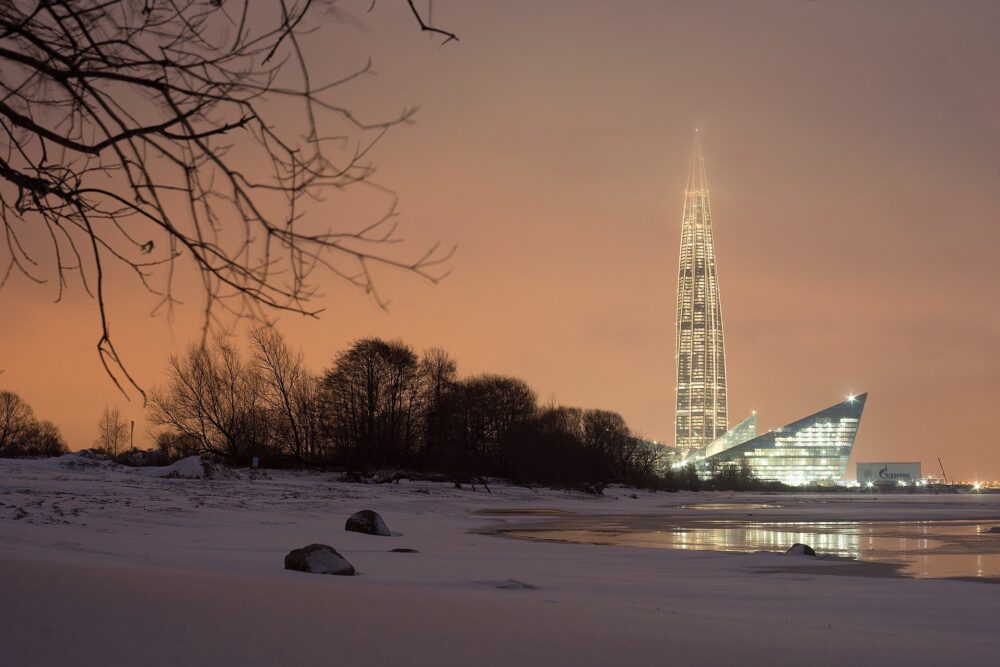
It is also impossible not to mention the panoramic observation deck, which is located at an altitude of 357 meters and offers breathtaking views of the entire city. It is the highest vantage point in Russia, attracting both tourists and residents of St. Petersburg. Interestingly, the building also features relaxation spaces, including green terraces and recreation areas that provide employees with a place to relax surrounded by vegetation. Lachta Centr is not just a skyscraper, but an example of modern, sustainable architecture that combines futuristic design with environmentally friendly solutions.
Importance of Lakhta Centr for St. Petersburg and Russia
The building has not only changed the skyline of St. Petersburg, but has also become one of the most important business centers in Russia. With its imposing height and modern design, Lachta Centr has become a new landmark of the city, symbolizing its development and openness to innovation. It is also one of the main landmarks of St. Petersburg, visible even from 40 kilometers away. Its unique appearance has made it a popular photo theme and one of the city’s biggest tourist attractions.
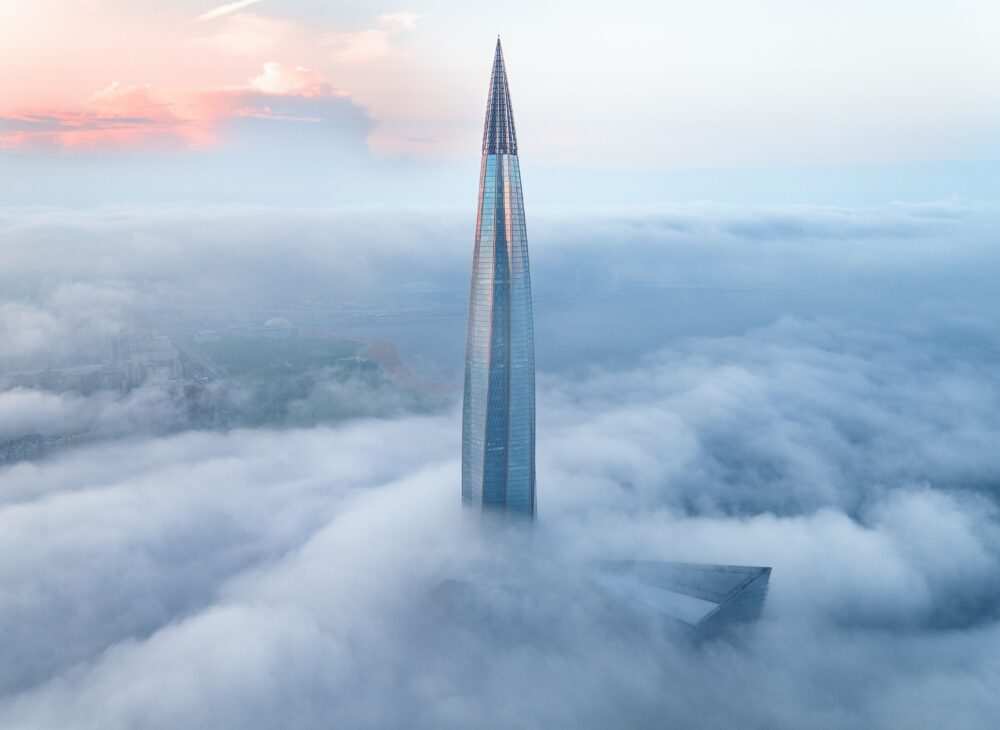
It is a symbol of the country’s modernity and economic power, and attracts investors and tourists from all over the world. Thanks to the presence of Gazprom and other international companies, Lakhta Centr has become a key location for business and trade in the region. The investment has also had a positive impact on the development of infrastructure in the Lakhta district, improving access to public transportation and the road network. New apartment buildings, hotels and recreational spaces have been built around the complex, increasing the attractiveness of this part of the city.
Lachta Centr also has social functions – the complex includes a conference center, exhibition spaces, art galleries and restaurants. There are also plans to open an interactive science and technology museum to popularize knowledge of innovation and green solutions. In addition, the building hosts cultural events, concerts and business meetings that attract people from various industries.
Europe’s tallest buildings – how does Lachta Centr compare with the competition?
Here’s a comparison of Lachta Centr with other tallest buildings in the city Europe:
- Lachta Centr (St. Petersburg, Russia) – 462 m
- Federation Tower (Tower East). – Moscow, Russia – 374.7 m
- OKO (South Tower) – Moscow, Russia – 354 m
- Neva Towers 1 – Moscow, Russia – 345 m
- Mercury City Tower – Moscow, Russia– 338,8 m
As you can see, Russia dominates the ranking of Europe’s tallest buildings, and Moscow is the true capital of European skyscrapers. Lachta Centr is not only ahead of other Russian skyscrapers, but also far surpasses the tallest buildings in the European Union, including Varso Tower in Warsaw (310 meters).
Interestingly, Lachta Centr is not only Europe’s tallest building, but also one of the slimmest skyscrapers in the world. Its height-to-width ratio is much higher than that of most skyscrapers Of similar height. This makes the building look even more impressive, especially against other structures.
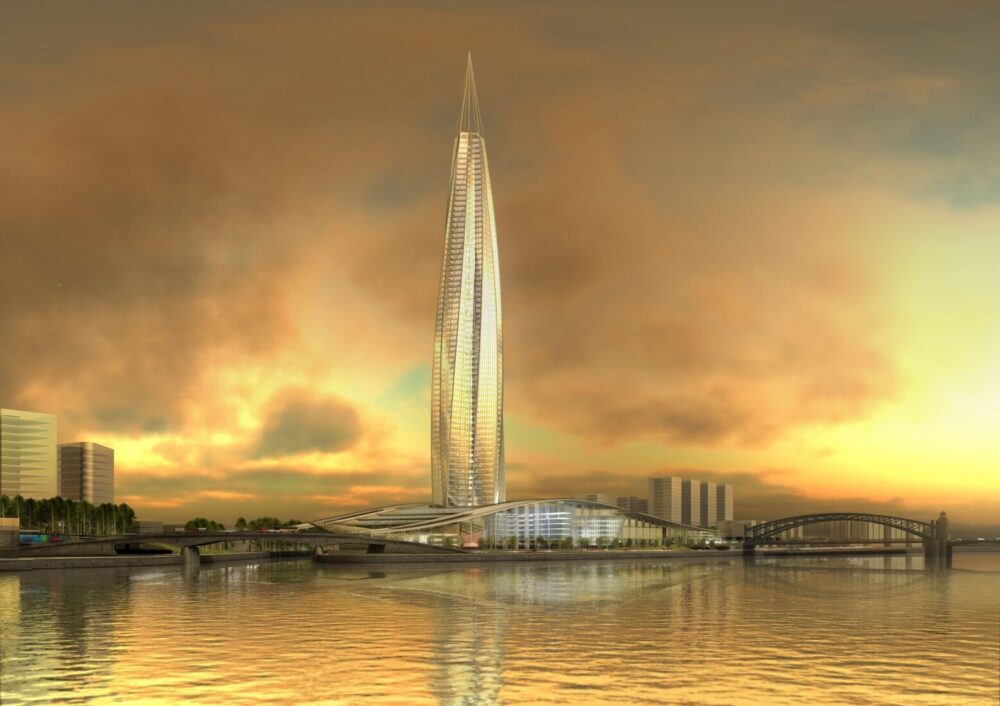
One of the biggest advantages of Lachta Centr is also its unique location. Most European skyscrapers are located in city centers, which makes their surroundings quite crowded. Meanwhile, Lachta Centr, located on the outskirts of St. Petersburg. It has more space, and its surroundings are carefully designed for user comfort and aesthetics. As a result, it has become not only a symbol of modern architecture, but also a testament to thoughtful urbanism.
The Lachta Centr not only set a new height record in Europe, but also revolutionized the approach to skyscraper design and construction. Its advanced technologies, eco-friendly solutions and modern design make it one of the most impressive global real estate.


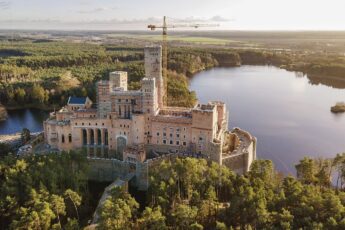
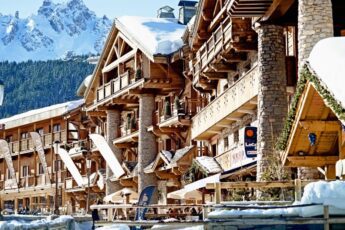
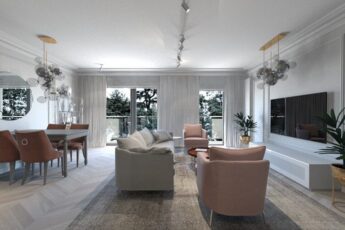
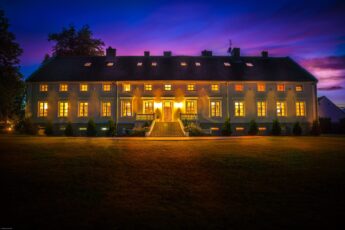
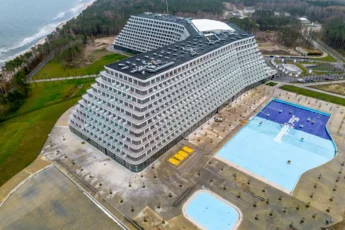
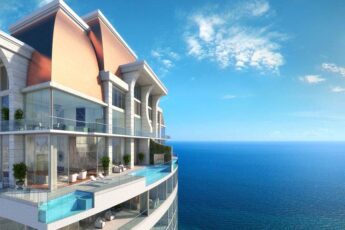
Leave a Comment